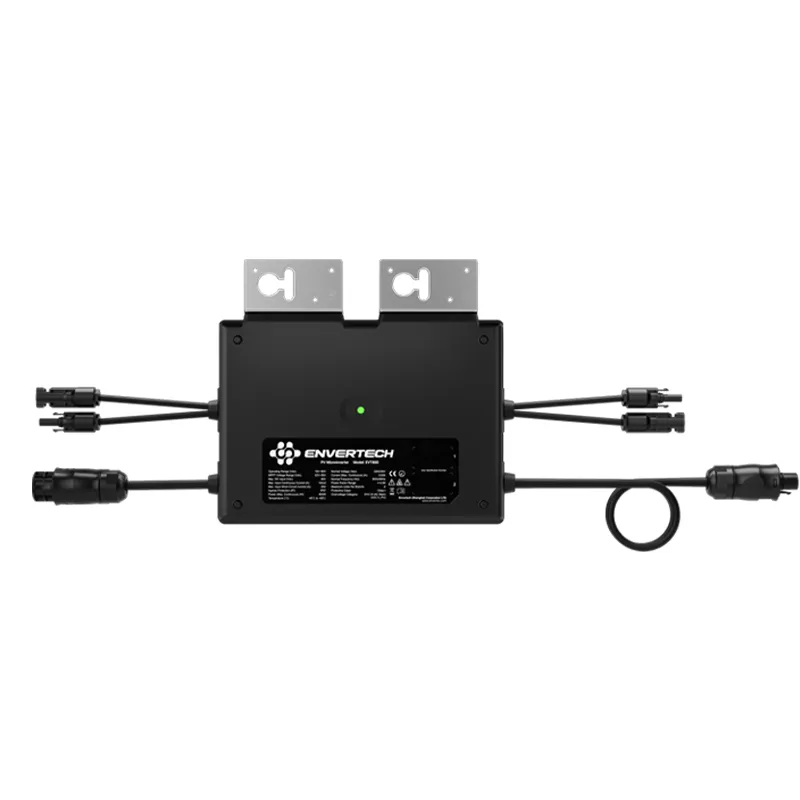solar panel for mini project
Solar Panel for a Mini Project Harnessing the Power of the Sun
In recent years, the importance of sustainable energy solutions has gained significant attention, prompting individuals and communities to explore renewable energy sources. One such solution is solar energy, which has become increasingly accessible due to advancements in technology and decreasing costs. This article will explore how to integrate solar panels into a mini project, highlighting their benefits, components, and practical applications.
Solar panels, also known as photovoltaic (PV) panels, convert sunlight into electricity, making them an ideal choice for a variety of projects. For a mini project, one can build a simple solar panel system to power small devices, such as lights, fans, or even charge batteries. This hands-on experience not only provides insight into the functioning of solar technology but also fosters a deeper appreciation for renewable energy.
Components of a Solar Panel System
To create a basic solar panel system, you will need several key components
1. Solar Panels These are the heart of your system. Depending on your project’s requirements, you can choose small, lightweight panels for minimal power needs or opt for larger panels to generate more electricity. The power output of solar panels is typically measured in watts.
2. Charge Controller This device regulates the voltage and current coming from the solar panels to prevent overcharging the batteries. It ensures that your connected devices receive a stable and safe voltage.
3. Batteries For continuous power availability, particularly during the night or cloudy days, rechargeable batteries are necessary to store the harvested energy. Common options include lead-acid and lithium-ion batteries.
solar panel for mini project

4. Inverter If your project requires AC power (like most home appliances), an inverter will convert the DC electricity from the solar panel and batteries into usable AC electricity.
5. Wiring and Connectors Proper wiring and connectors are essential for connecting all components of the solar panel system safely. Be sure to use appropriate gauge wires to handle the current flow.
Building Your Mini Project
Once you have gathered your components, you can begin constructing your solar power system. Start by mounting the solar panels in an area that receives ample sunlight, ideally facing south in the Northern Hemisphere to maximize exposure. Then, connect the panels to the charge controller, ensuring all connections are secure and insulated.
Next, connect the charge controller to your batteries, followed by the inverter if needed. Finally, connect your device or load to the inverter or directly to the batteries, depending on your setup. Be sure to test the system periodically and monitor its performance to troubleshoot any issues that may arise.
Conclusion
The integration of solar panels into a mini project serves as an excellent introduction to renewable energy technologies. By building a solar power system, you not only gain practical experience in electronics and engineering but also contribute to promoting sustainable energy practices. Such projects can inspire individuals to consider renewable energy sources in their everyday lives, paving the way for a greener and more sustainable future. Whether as an educational tool or a practical solution, harnessing the power of the sun represents a significant step forward in recognizing the importance of solar energy in our world today.
-
String Solar Inverter: The High-Efficiency Solution for Smart Solar EnergyNewsJul.14,2025
-
Revolutionizing Rooftop Energy with the Power of the Micro Solar InverterNewsJul.14,2025
-
Power Independence with Smart Off Grid Solar Inverter SolutionsNewsJul.14,2025
-
On Grid Solar Inverter: Powering the Future with Smart Grid IntegrationNewsJul.14,2025
-
Monocrystalline Solar Panels: High-Efficiency Power for the Future of Clean EnergyNewsJul.14,2025
-
Bifacial Solar Panel: A Smarter Investment for Next-Generation Energy SystemsNewsJul.14,2025







